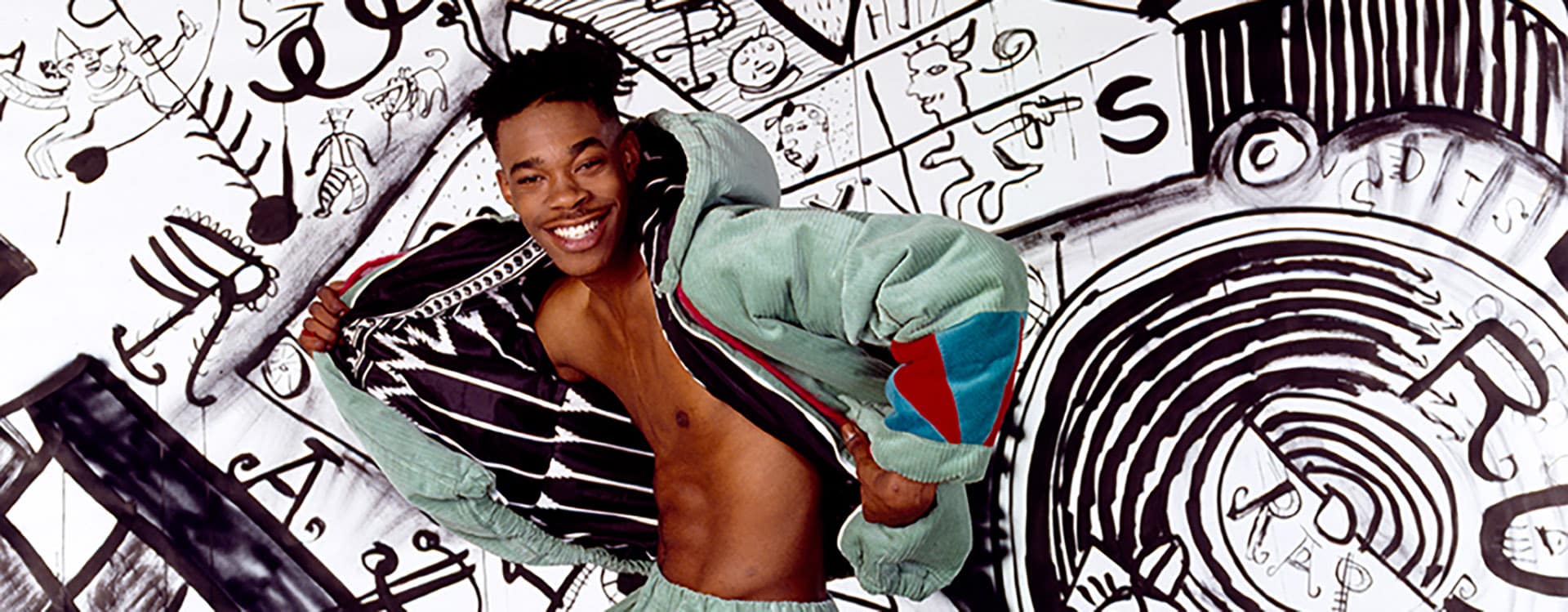On the 30th anniversary of their 1991 debut, Janette Beckman uncovers unseen photos and video of Leaders of the New School.

You’re getting blind.
Don’t miss the best of visual arts. Subscribe for $9 per month or $108 $90 per year.
Already suscribed ?
Read more: Revisiting the Golden Age of Hip Hop



